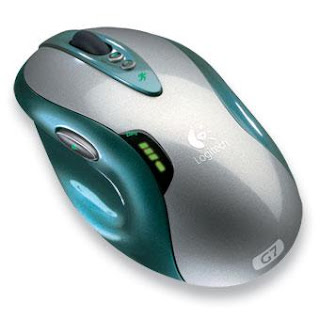

(This ultimately led to the creation of Kurzweil Music Systems, a collaborative company between the two that built music synthesizers.) At that same time, the omni-font OCR was being leveraged for commercial uses, entering data into databases and computers. The two met, Wonder tried out the machine and took it home with him. It was unveiled in 1976 which landed Kurzweil a guest appearance on the Today Show, which Stevie Wonder happened to hear about. The Kurzweil Reading Machine was the first print-to-speech machine reading for the blind. He and his team invented text-to-speech synthesizers and advanced flatbed scanners to complete the machine. Kurzweil used that chance encounter to decide that the omni-font OCR would be best applied by creating a reading machine for the blind. His fellow passenger told him that the only time he felt he really experienced his disability was not being able to read print material. Kurzweil’s omni-font could process text printed in almost any font compared to earlier iterations which required the systems to be trained with images of each character and could not recognize more than one font at a time.īy chance, Kurzweil sat next to a blind man on a plane shortly after the technology was developed. Kurzweil advanced the existing technology with the development of omni-font OCR. Ray Kurzweilįast forward 50 years and enter Ray Kurzweil, inventor and founder of Kurzweil Computer Products. The US patent for the Statistical Machine was eventually bought by IBM.
ANTI OCR FONT MOVIE
Using existing movie projector technology to handle the microfilm, Goldberg designed a photoelectric cell to conduct pattern recognition to find and retrieve accounting data, and thus the first era of automated recording keeping was born. Even with an index, searching through the microfilmed images -of which the banks began amassing thousands -would only materialize an address for the record, and not the record itself. But while instances of fraud were being reduced with the practice, the process wasn’t done in a way that allowed for individual records to be easily searched for. At this time, businesses, particularly banks, were starting to microfilm business records to reduce fraud. In the 1920s, Goldberg created the first electronic document retrieval system, a machine he called a Statistical Machine. This is considered to be the earliest instance of OCR technology. Emanuel Goldbergĭuring World War I in 1914, physicist Emanuel Goldberg developed a machine that could read and convert characters into telegraph code. And if you think that’s cool (we sure do), then wait until you hear how this technology came to be. What is OCR technology? It’s a technology that converts different documents such as PDFs or paper files into data that can be both edited and queried. One of the security features our system is fluent in is optical character recognition (OCR). So seriously in fact that our AI-powered, fully automated system has been trained to read, decode and validate a variety of complex, fraud-resistant features in over 8,000 different government-issued identity documents from nearly 250 countries. Whether it’s a matter of privacy data, GDPR compliance or following any of the seven key principles of Privacy by Design, we take security seriously at Authenteq.


 0 kommentar(er)
0 kommentar(er)
